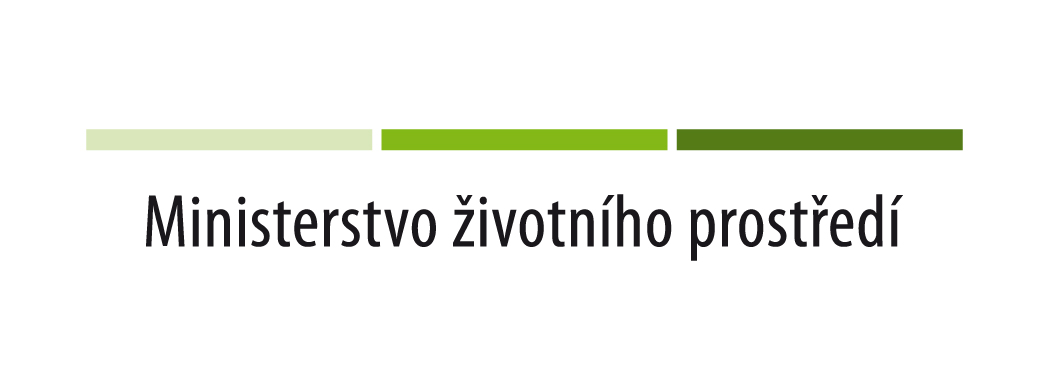Wrecking tubes by hammers or melting printed circuit boards, cables and plastics on an open fire is one of the common practices for obtaining precious metals and other secondary raw materials from electrical waste. Men working in the smoke of melted electrical waste rarely suspect they are working with toxic material that contains a number of chemicals they breathe in. Even in official recycling plants, the situation is not better - business management, of course, the consequences of working with electrical waste usually knows but ignores them. Why would not he ignore them when international politics does so?
Many non-governmental organizations around the world are trying to draw attention to the working conditions and the consequences of our waste management, but the question of what happens with the mobile or television after it is put on a scrapyard, still put few of us. It seems that it does not matter to us anymore. Arnika, as part of its work in IPEN, network of international non-governmental organizations, found in its survey that it may concern us more than we have admitted. In the toy market in 26 countries around the world, including the Czech Republic and other European countries, Arnika found copies of Rubik's cubes made of recycled plastic from electrical waste and found out that they contain brominated flame retardants. Paradoxically, a toy designed to develop children's intelligence contains substances that do the opposite. Founded retarders can cause behavioral and learning disorders in children or known ADHD. Because these properties of persistent organic pollutants are already well known, governments of many countries around the world have decided to eliminate them by putting on the Stockholm Convention black list. At the same time, nevertheless, they have allowed to continue recycling the waste which contains these substances. Highly toxic chemicals are thus brought into products where they were not originally added, and especially to the children's hands and mouths.
The health of workers in recycling companies and our children seems to be a good argument for the end of toxic recycling. Arnika demonstratively presented this during the meeting of the Convention in May. In gray conference rooms Arnika organized a happening called the Toxic Toy Store where, in the style of American advertising campaigns, offered toys with extra high concentrations of retarders. None of the delegates would obviously buy such a toy for their children, but toxic recycling practices have not been ended yet. According to Arnika, this downgrades good intentions of waste recycling and put an unwanted shadow on the circulatory economy, which is a topical issue for the European Union. It is obvious that Arnika, together with IPEN, has prepared room for the meeting of the Conventions to stop recycling, which could happen in two years at the next meeting of the parties to the Convention. But the question remains whether we want to look on such ignorance. Typical consumers can avoid toy flame retardants, but only if they avoid recycled materials. And this is certainly not the ideal option.
Author: Martin Holzknecht, Mirka Zichova
This report is part of a project funded by the City of Prague and the Ministry of the Environment. The published information may not express the opinion of the donors.









